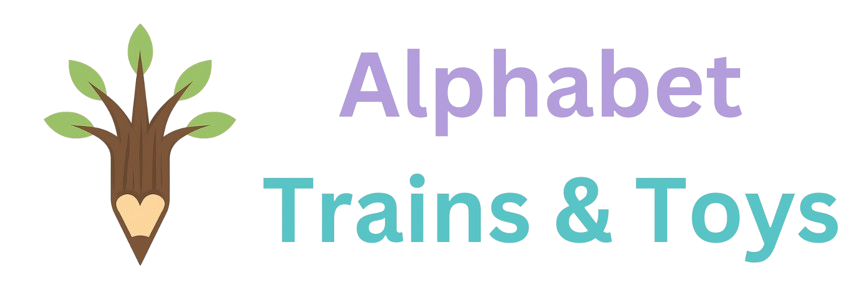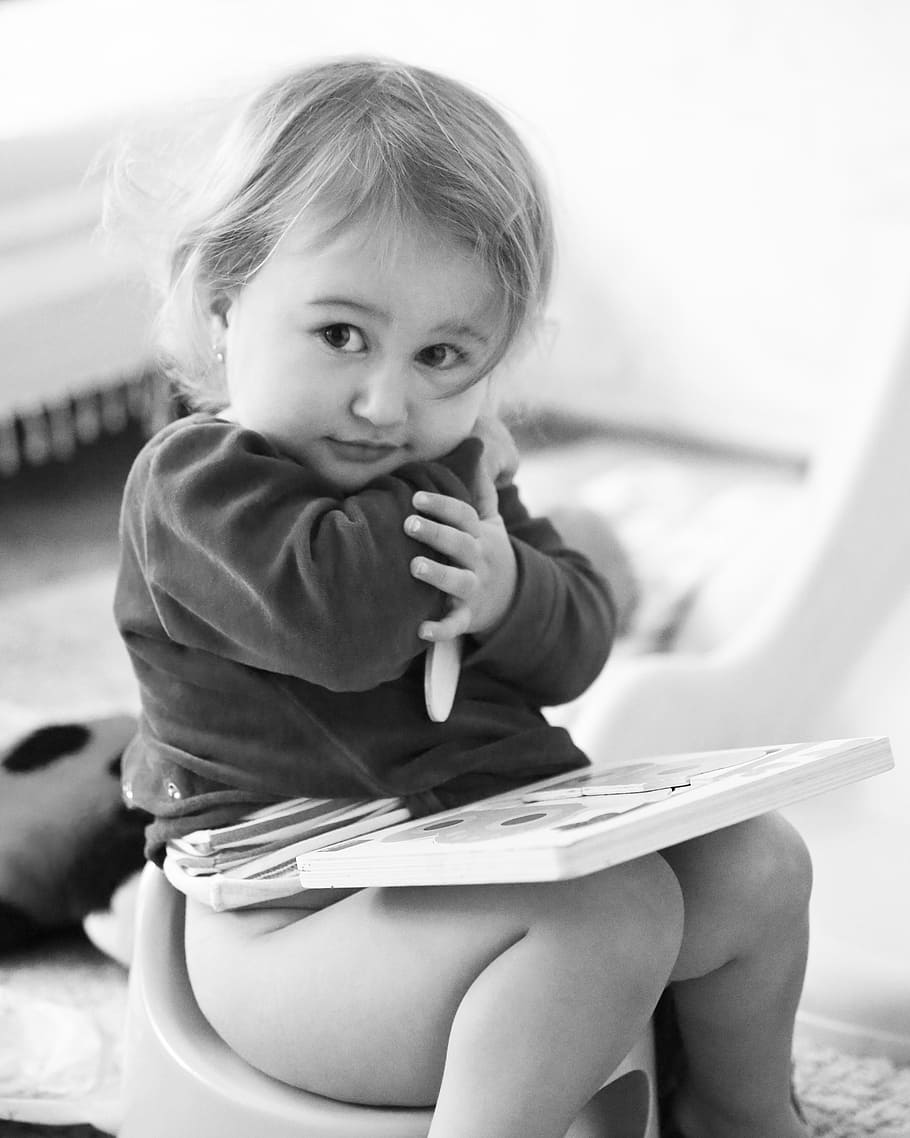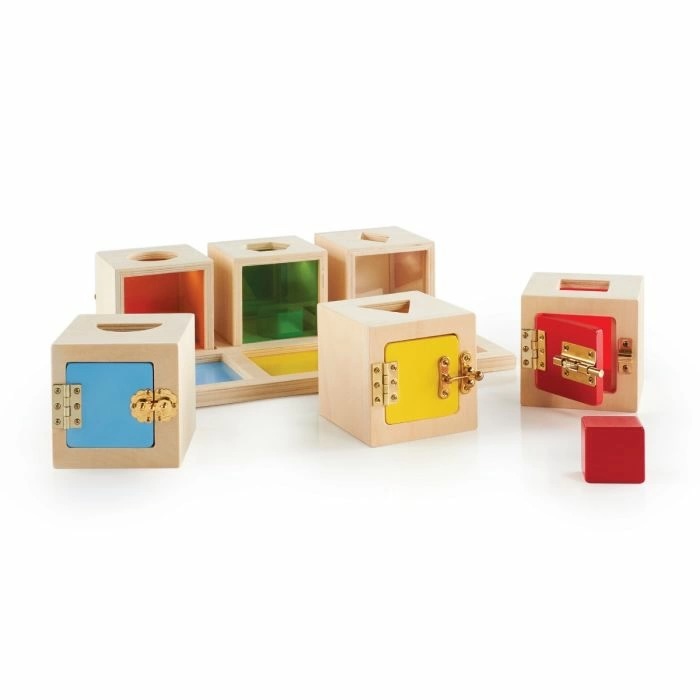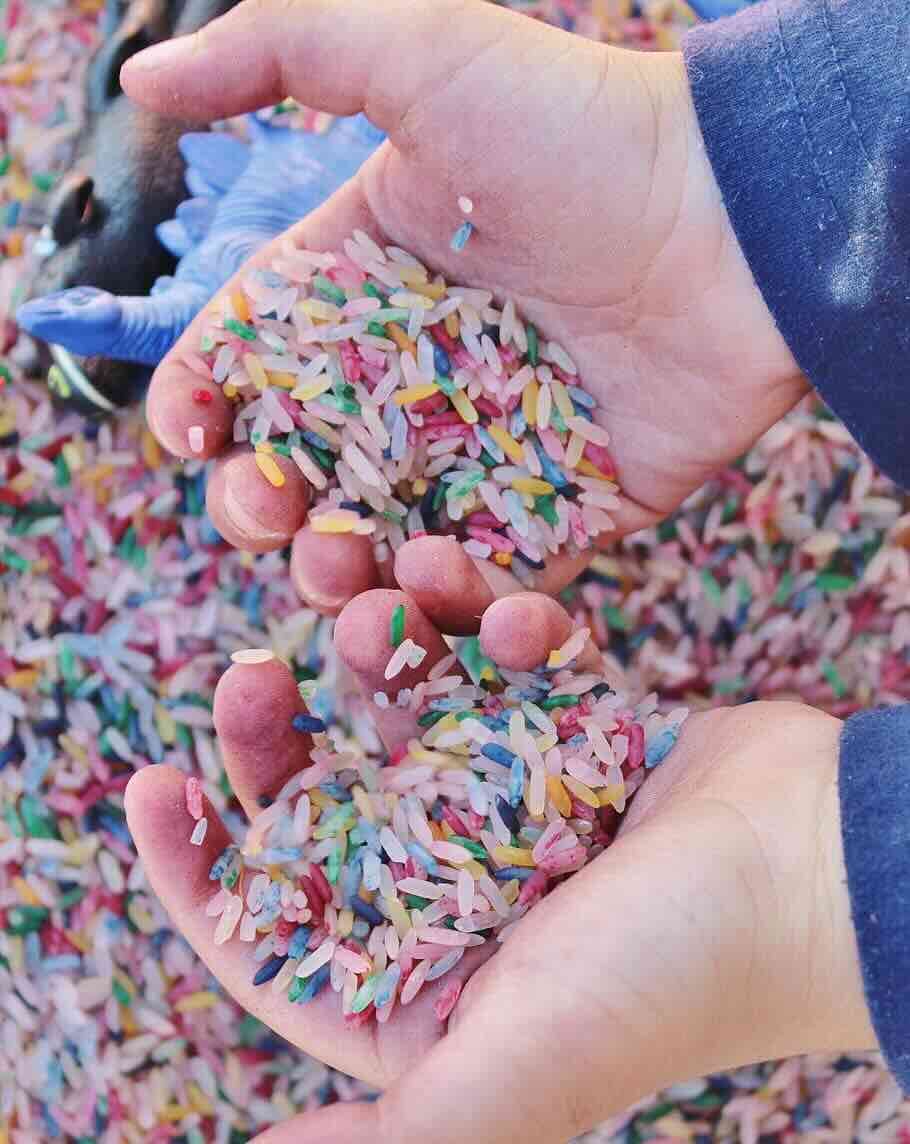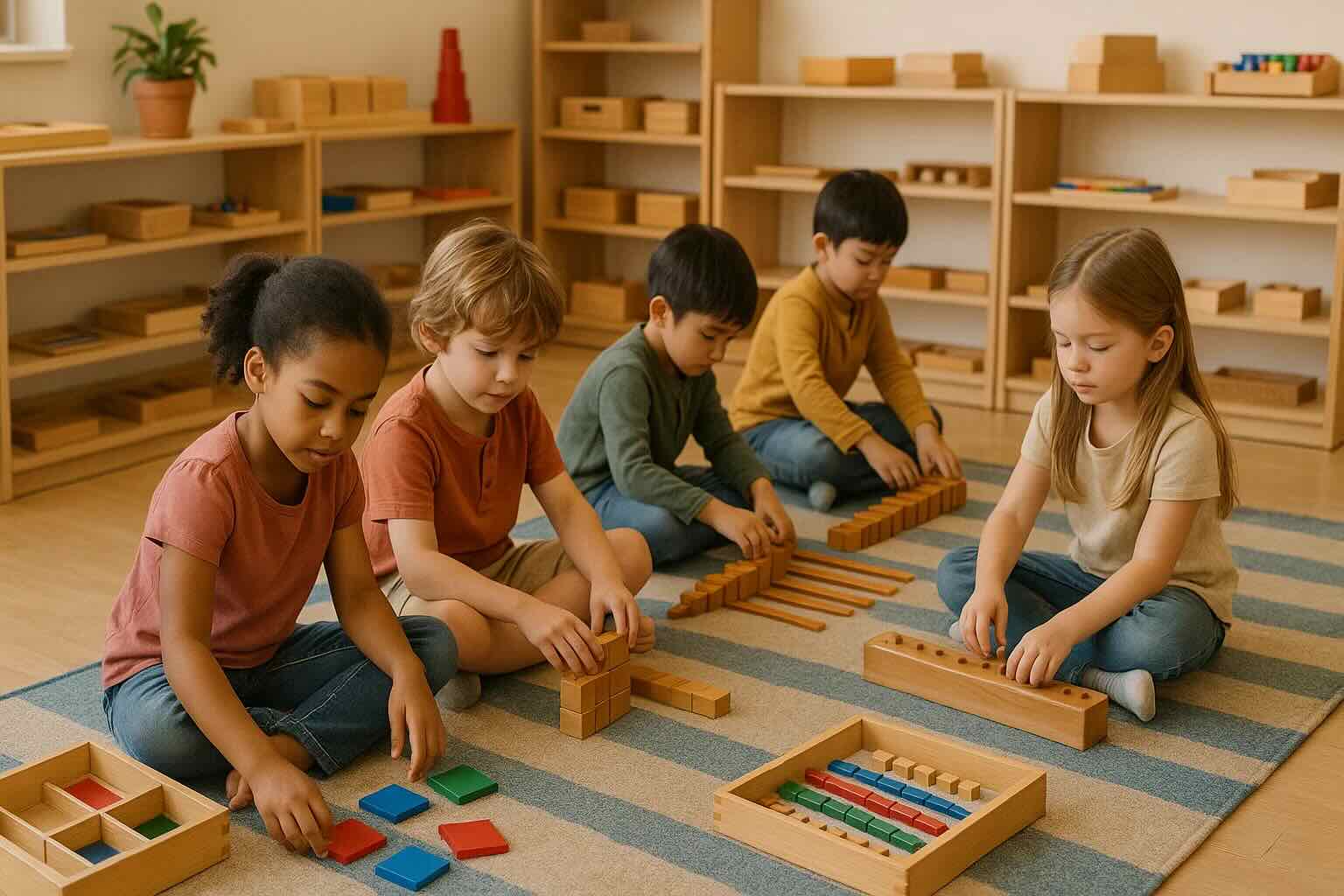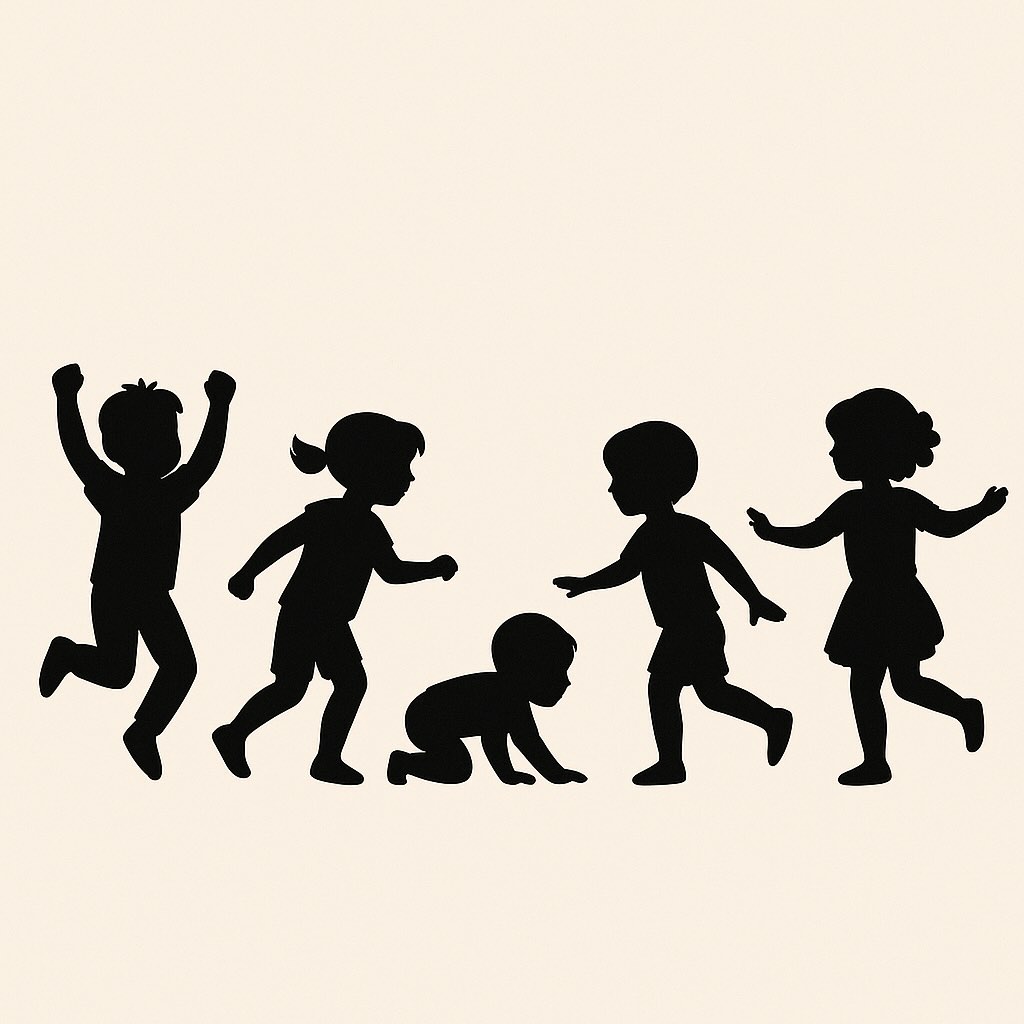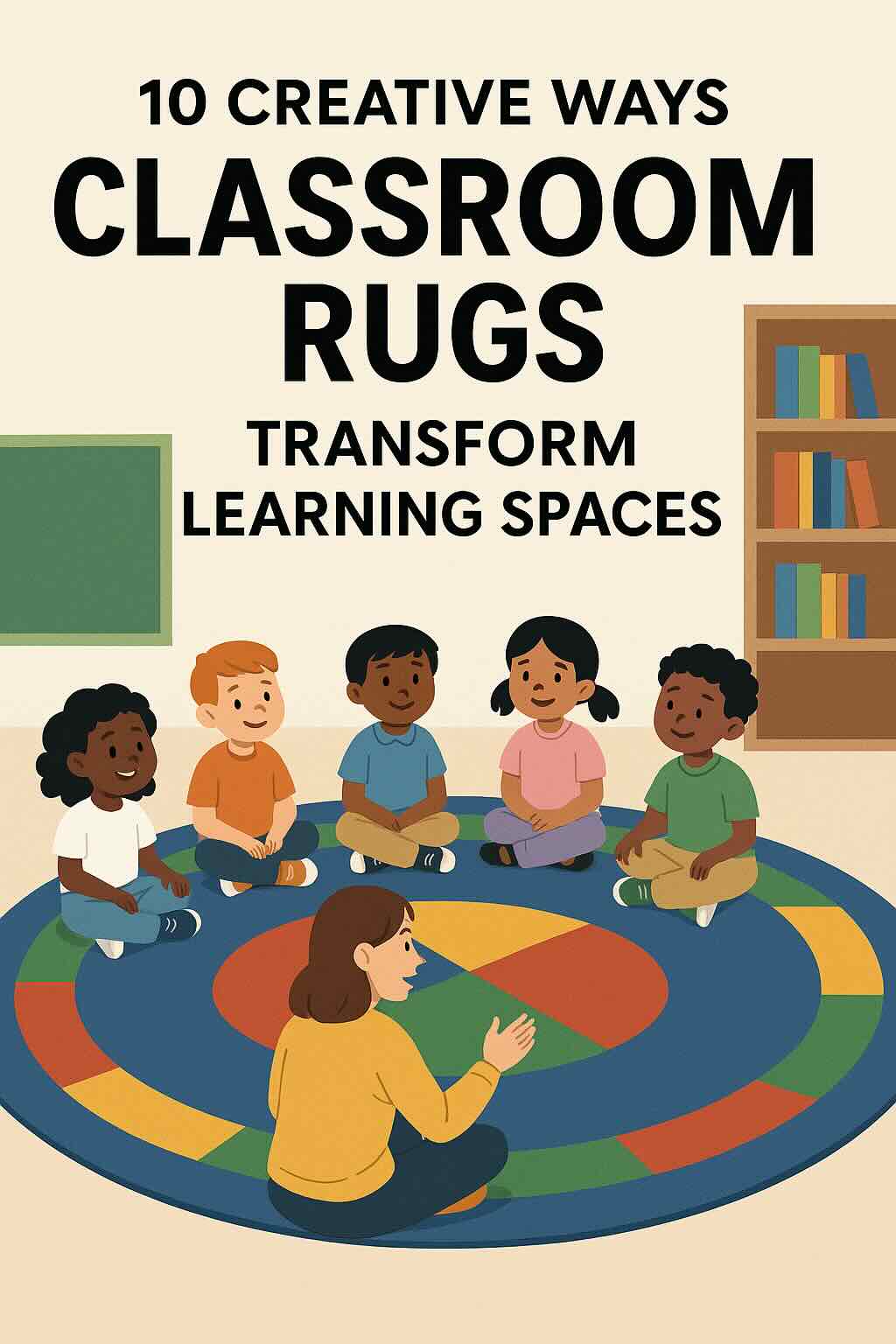Toilet training for children with sensory issues such as autism, ADHD, or SPD requires patience, understanding, and a tailored approach that respects their unique sensitivities and challenges. Sensory issues can significantly impact a child's experience of the world, including their comfort and ability to manage bodily functions such as using the toilet. Here are some Montessori-aligned strategies to support toilet training for children with sensory issues:
Create a Calm and Supportive Environment for Toilet Learning
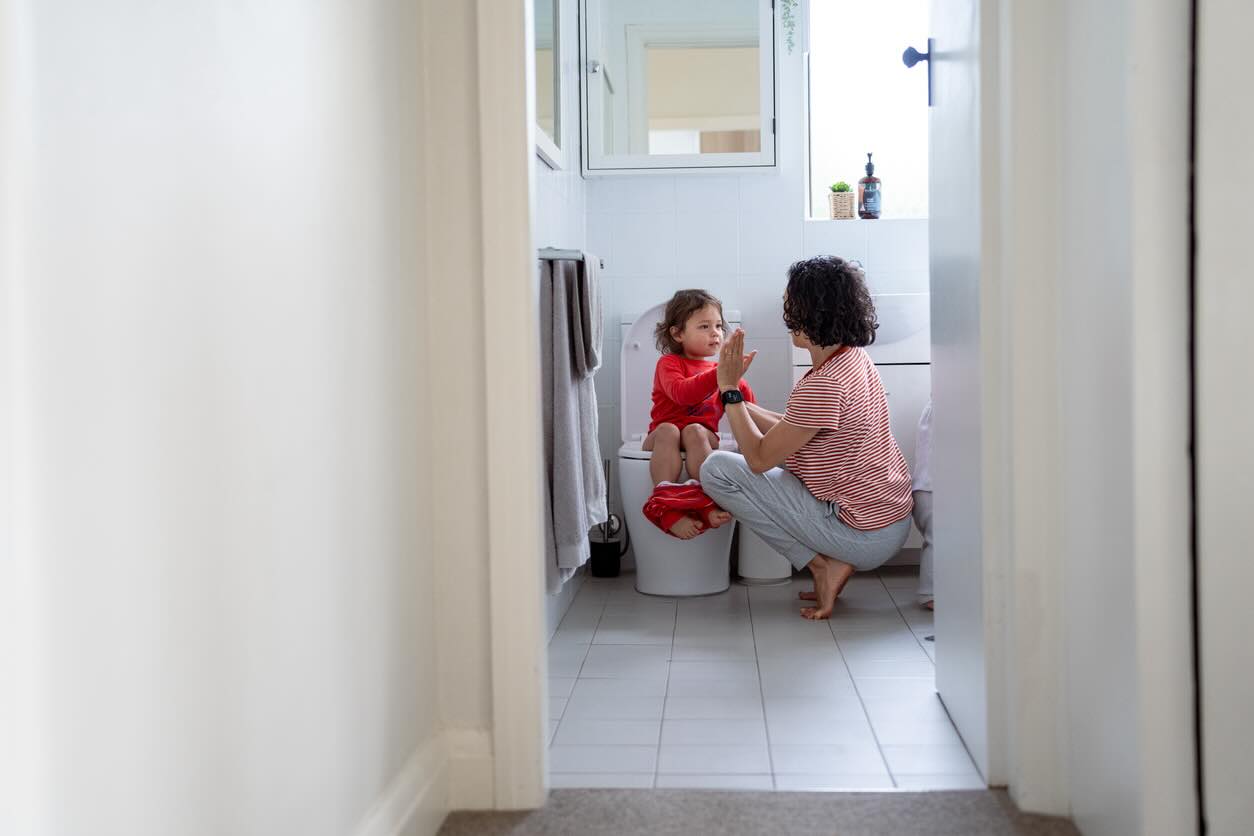
Ensure the bathroom is a calm, welcoming space. Soft lighting, a warm room temperature, and a quiet environment can help reduce sensory overload. Avoiding loud flushes or automatic hand dryers at the beginning might also be helpful.
Use Visual Schedules and Cues for Montessori Potty Learning
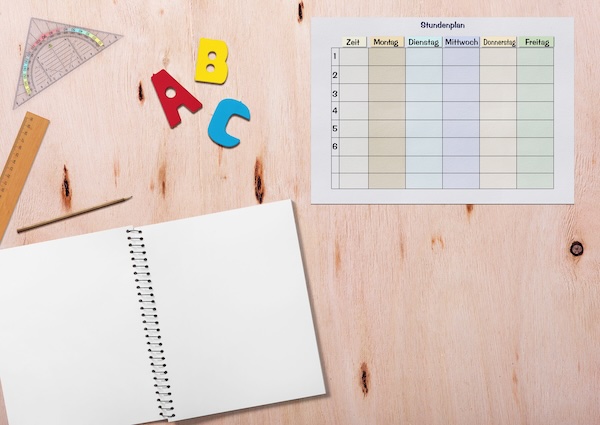
Some children with sensory issues benefit greatly from visual schedules or cues that help them understand the steps involved in using the toilet. Pictures or simple charts can guide them through the process, providing a predictable routine that can help ease anxiety.
Introduce Sensory-Friendly Clothing to the Montessori Child

Clothing that is easy to remove can help reduce frustration and sensory discomfort. Opt for simple, comfortable fabrics without complicated buttons or zippers. Training pants that are similar to underwear but offer protection can also be a good transition tool.
Familiarize the Toddler Gradually
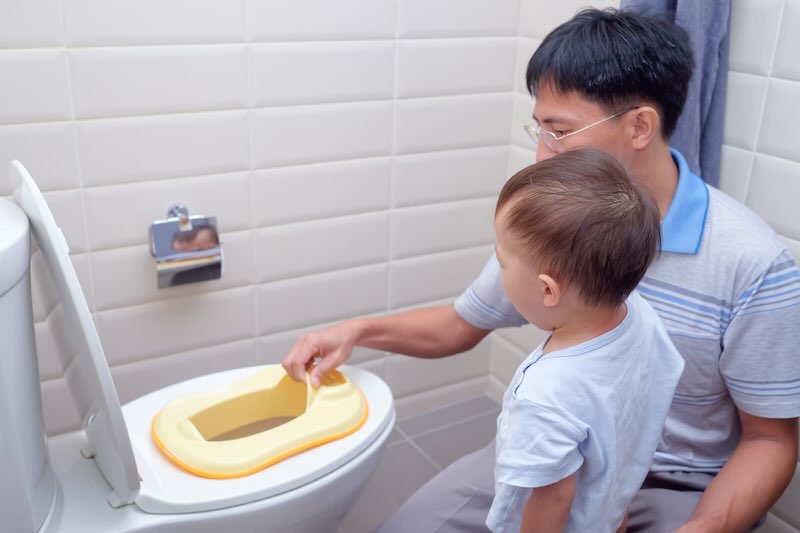
Gradually introduce your child to the bathroom environment and its various aspects, including sitting on the toilet, without the pressure to immediately use it for its intended purpose. This can help desensitize them to any sensory discomfort they may experience.
When to Start Montessori Potty Training

Start toilet training when your child is most comfortable and less likely to be overwhelmed by sensory issues. This might be a time of day when they are typically calmer and more receptive to trying new things. For general developmental guidance, you can also consult the American Academy of Pediatrics toilet training recommendations.
Montessori-Aligned Positive Reinforcement Techniques

Celebrate successes with positive reinforcement. This can be verbal praise, a favorite activity, or a small reward. Positive reinforcement should be immediate and specific to the behavior you want to encourage.
Offer Choices When You Start Potty Training
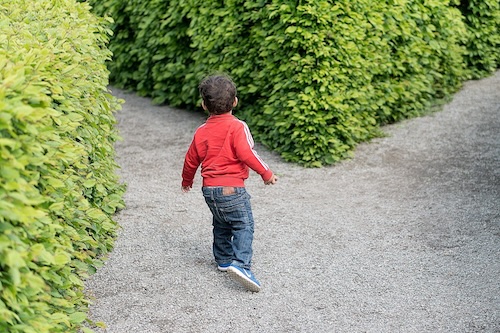
Allowing children to make choices, such as which toilet seat to use or which soap they prefer, can empower them and give them a sense of control over the process, which is in line with the Montessori principle of fostering independence.
Respect the Child's Pace. Ensure the Montessori Toddler is Ready

Every child is different, and those with sensory issues may take longer to feel comfortable with toilet training. It's important to respect their pace and provide support without rushing or pressuring them.
Collaborate with Professionals for Montessori Toilet Learning

If your child has significant sensory processing challenges, working with occupational therapists or other professionals who specialize in sensory integration can provide additional strategies and support tailored to your child's specific needs.
Toilet training a child with sensory issues within a Montessori parenting style emphasizes understanding, respect for the child's individual pace, and a prepared environment that minimizes sensory discomfort. These routines often go hand-in-hand with Montessori toys by age that support independence, coordination, and confidence throughout early childhood — especially sensory-friendly toys designed for children with autism, ADHD, and SPD.
🧺 Montessori Potty Training Checklist for Kids with Sensory Issues
- ✓ Create a calm, low-stimulation bathroom environment
- ✓ Use visual charts or picture guides for toilet routines
- ✓ Choose soft, easy-to-remove sensory-friendly clothing
- ✓ Introduce the toilet gradually—no pressure to perform
- ✓ Pick calm times of day for toileting attempts
- ✓ Celebrate every small success with positive reinforcement
- ✓ Let your child make simple choices (soap, seat, timing)
- ✓ Respect your child’s individual pace and don’t rush progress
- ✓ Work with professionals like OTs if needed
❓ Frequently Asked Questions
What makes potty training harder for kids with sensory issues?
Children with sensory sensitivities may find common bathroom stimuli overwhelming—like cold seats, loud flushes, or clothing discomfort. These challenges are often tied to emotional regulation. A calm environment and gradual desensitization can ease this process.
Is Montessori potty training suitable for autistic children?
Montessori emphasizes child-led learning, independence, and sensory awareness—making it a great fit for children with autism. It allows them to progress at their own pace in a prepared, non-pressured setting. AMI highlights the importance of bathroom independence as a key developmental step in Montessori environments.
What age should I start toilet training my sensory-sensitive child?
There's no fixed age. Look for signs of readiness such as awareness of wet diapers, interest in the bathroom, or the ability to communicate basic needs—then begin gradually.
What are good rewards during potty training?
Montessori encourages intrinsic motivation, so instead of candy or toys, try praise, a sticker chart, or time spent doing a favorite activity. Keep it simple and consistent.
How can I help my child if they fear the toilet?
Start by letting them simply sit (clothed) on the toilet with no pressure. Read a book together or play a calm game nearby. Familiarity, paired with gentle encouragement, often reduces anxiety over time.
About the Author
Clara Duvall is a certified Montessori educator with over 10 years of experience guiding families through early childhood development. She specializes in helping children with sensory challenges thrive in Montessori environments.
Potty Training Made Easy!
Ease your little one's potty training journey with our Potty Step Stool. Designed for comfort and confidence, this step stool is the perfect companion for independent bathroom visits.
Check Out Our Potty Training Step Stool